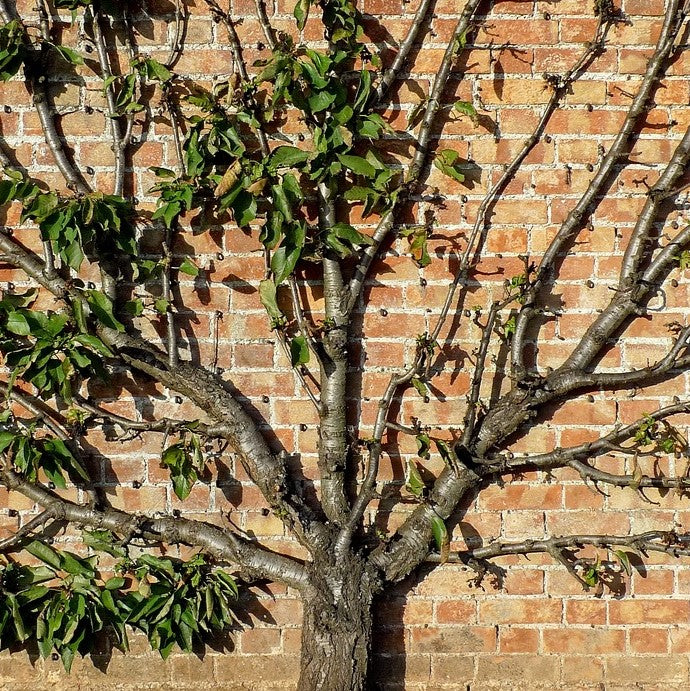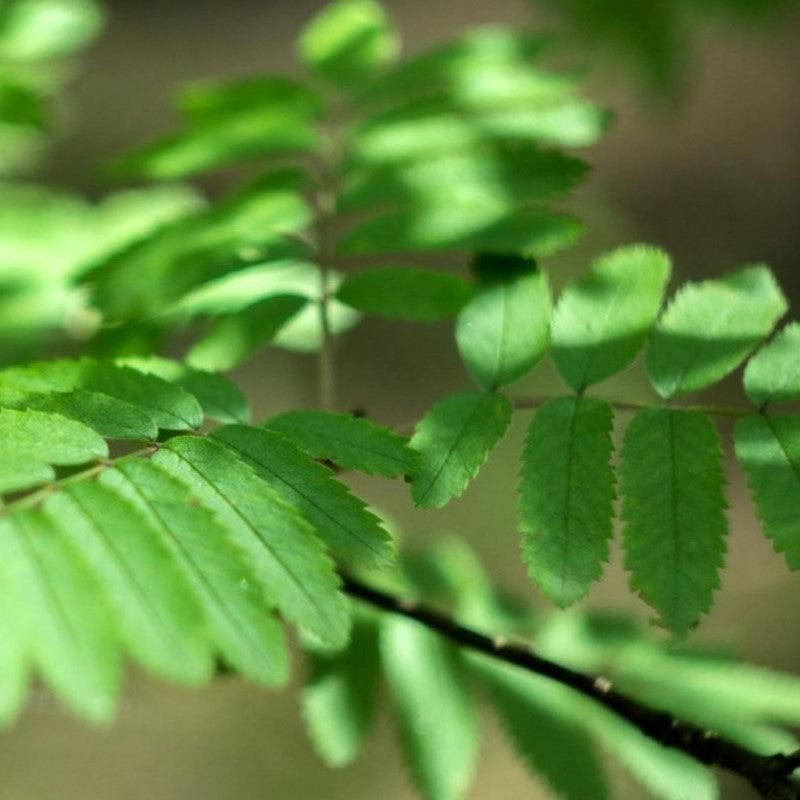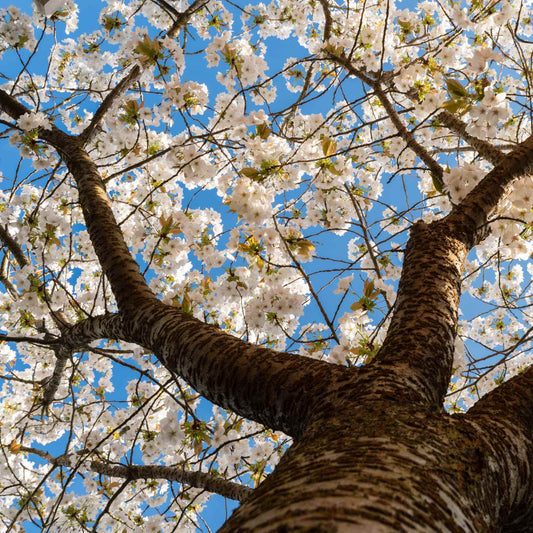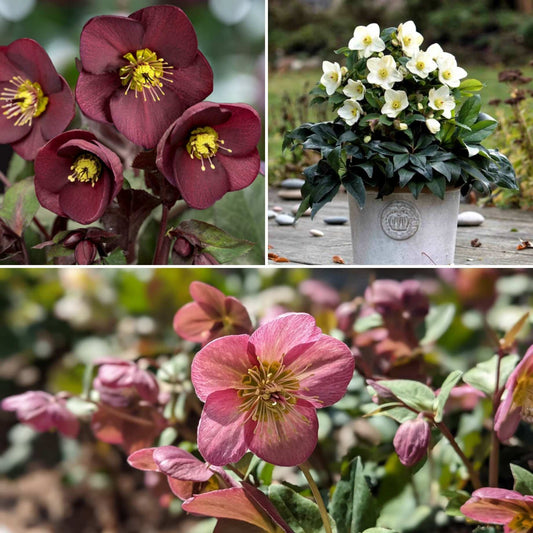Dunham Massey - January Garden of the Month

Looking for planting inspiration to make your garden shine all year round? Every month we’ll be visiting a garden which we think has nailed the best trends of the season, then reporting back with tips on which plants to use and how to recreate the look. For January’s garden, we were looking for somewhere that didn’t just make the best of things in winter, but proudly and deliberately put the season centre stage. Where better to get inspiration for our January planting than the UK’s largest winter garden?
Dunham Massey Winter Garden, Cheshire
Dunham Massey Hall in Altrincham, Cheshire is an 18th century stately home built on a mediaeval deer park, now owned by the National Trust. You’ll find the Winter Garden amongst seven acres of landscaped parkland which is a Site of Special Scientific Interest and home to the herd of fallow deer which has lived there for over a thousand years. The Winter Garden, opened in 2009, is the largest in Britain with over 1,600 shrubs, trees and evergreens.
Winter Garden Highlights
The Birch Triangle
Near to the start of the Winter Garden is a feature that will stop you in your tracks - a grove of slender, white Himalayan Birch trees (Betula utilis jaquemontii) planted in a triangle formation with single stemmed trees on one side of the path and multi stems on the other. The silvery white tall trees against their backdrop of ancient oaks and beeches look stunning in the pale light of January (especially as the sun sets) and when the underplanted snowdrops flower next month, they’ll bring out the contrast even more.
But that’s not all, bark fans - you can also spot mature examples of Acer Griseum (Paperbark Maple) and Tibetan Cherry along the paths, with their gorgeous bronze and cinnamon coloured peeling bark shown to its best advantage now the leaves have fallen.
Colourful Cornus
Many of the trees at Dunham have their lower branches pruned so that they can be underplanted with colourful shrubs including Cornus and Salix (Willow). The mass planting of red-stemmed Cornus ‘Midwinter Fire’ by the lake is especially effective - this striking shrub also helps to prevent soil erosion in wet places - and the den made from willow branches was a nice surprise! Tree and shrub stems, usually hidden away beneath the foliage, rarely get to take the spotlight like this and another beautiful example is the Twisted Hazel (Coryllus avellana contorta) which is planted with more red Cornus - when the yellow catkins of the Hazels appear, that’ll be a great colour combination!
The Camellia Collection
The Winter Garden is home to an impressive collection of over sixty varieties of Camellia, although only a couple were out when we visited as it’s a bit early. Camellias typically bloom in late autumn or early spring but their glossy evergreen foliage brings plenty of interest to the landscape year-round and works here as an attractive groundcover under the trees. There are plenty of Hellebores too - they’re my top choice for winter planting, with different varieties blooming at any time between December (hence they’re often known as Christmas Roses) and April. You can find Hellebores in shades of white, cream, pink and deep red/purple, all of which continuously produce new flowers for months, bringing colour and lightness to the garden when it’s most needed.
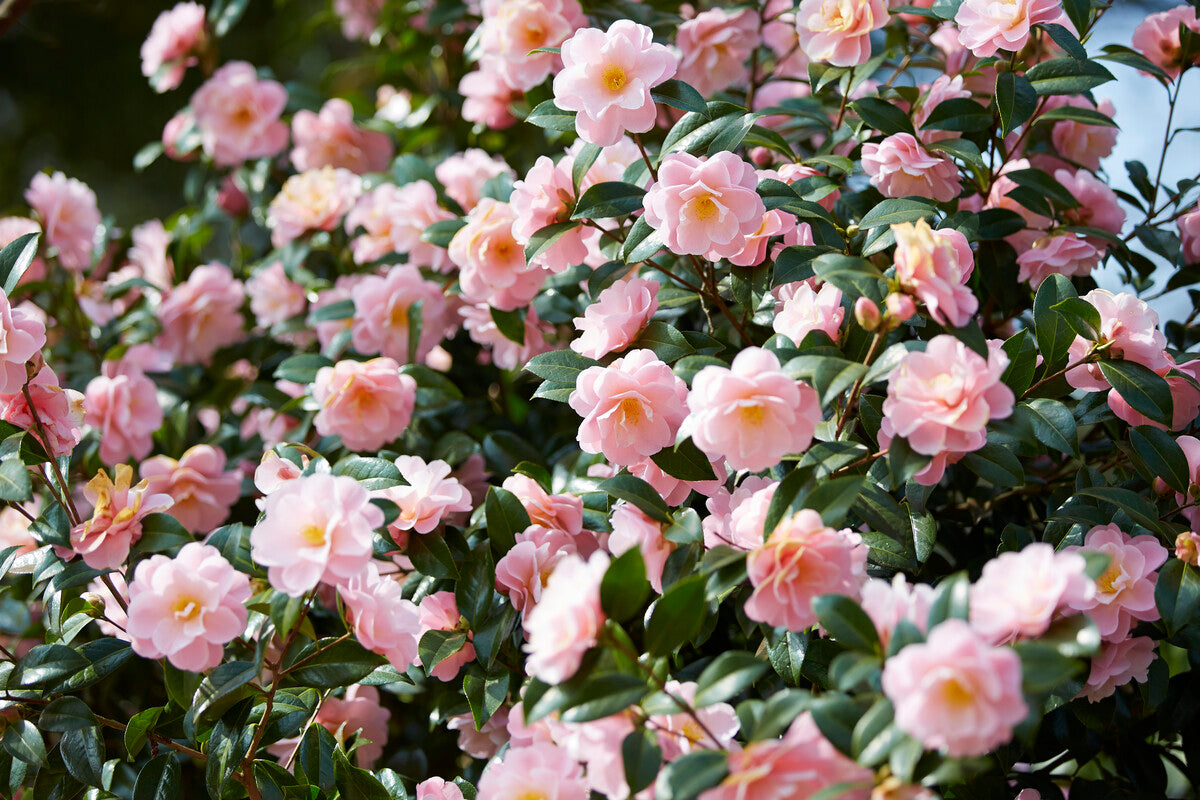
Seed heads
One landscaping decision I found interesting was that seed heads were left on perennial flowers such as giant lilies and Hydrangeas. I’ve always deadheaded mine after flowering, but if they can look as good as this, I’m tempted to leave well alone in future. The gentle rustling of the spent flower heads blended into the wider soundscape of birdsong, crunching leaves and conifers swaying in the breeze - and the birds certainly didn’t object to this extra source of winter food.

Get the look
Even if you don’t have space for a full grove, you can create a striking effect with a small group of two or three Himalayan birches. Alternatively, group them with red-bronze Acer Griseum and Tibetan Cherry or plant them alternately alongside a path to bring out the colour contrast.
Ramp up the colour with a block planting of Cornus - their vibrant red, orange and yellow stems will take centre stage in winter and they’ll grow anywhere - even in pots.
Evergreen shrubs and flowers are a must when you’re planting for all year round appeal, and will add structure to your borders in winter. Dunham’s Winter Garden includes scented varieties like Christmas Box, winter flowering Daphne and Viburnum as well as Camellia and Hellebore, a winning combination that will bloom repeatedly when little else does. All of these can also be grown in containers - and if you’ve got a pergola, garden arch or trellis that’s looking a little bare at this time of year, evergreen Honeysuckle and Ivy are an ideal way to extend that winter colour into your vertical spaces.
Try leaving some dead flowerheads and stalks in your garden over winter - as well as adding another sensory element to your garden, they can provide food for birds and shelter for overwintering insects including solitary bees.
Top image source: Wikimedia.
Last updated: 13/11/2023

